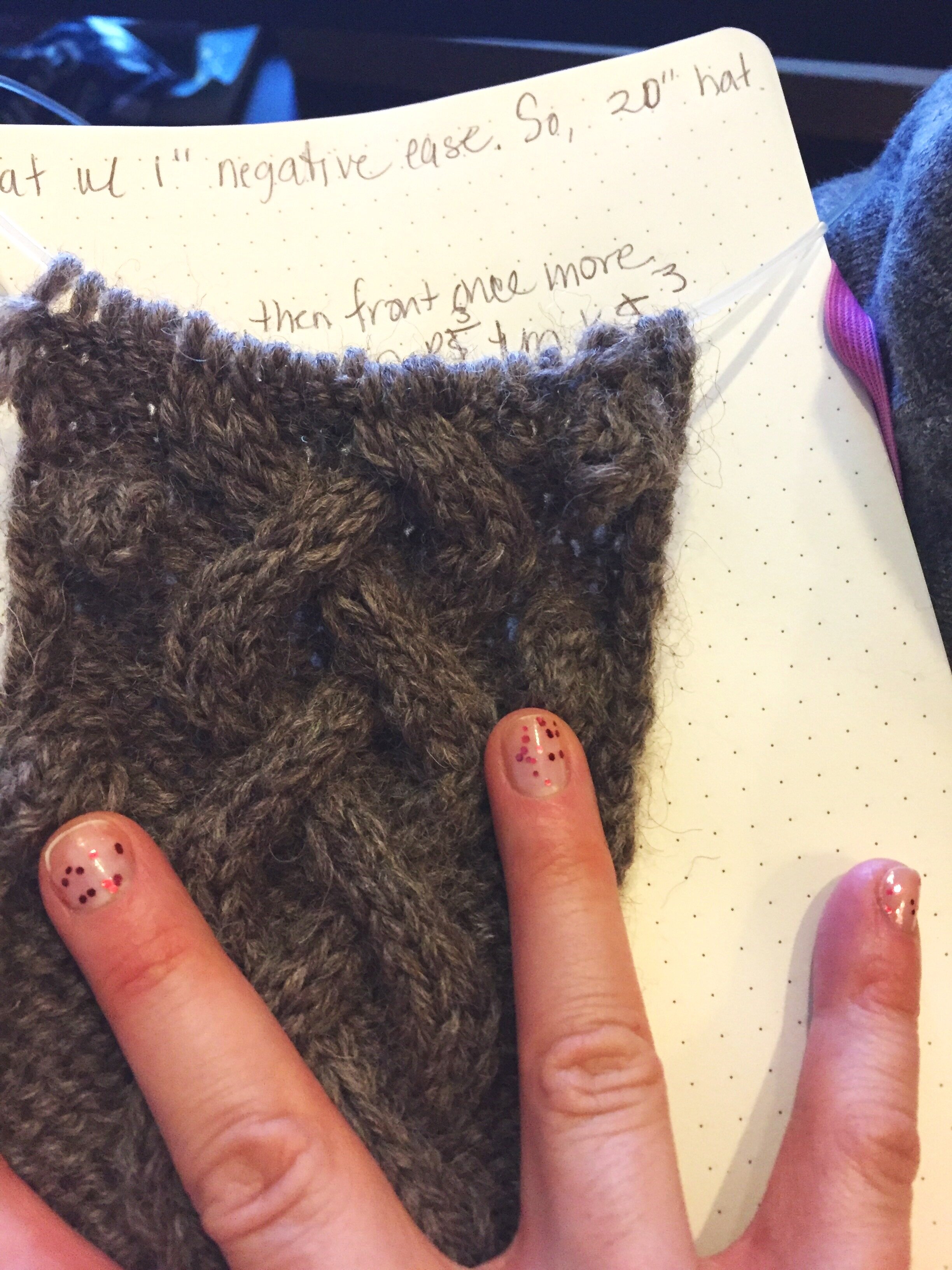
Design development for a braided style cable design.
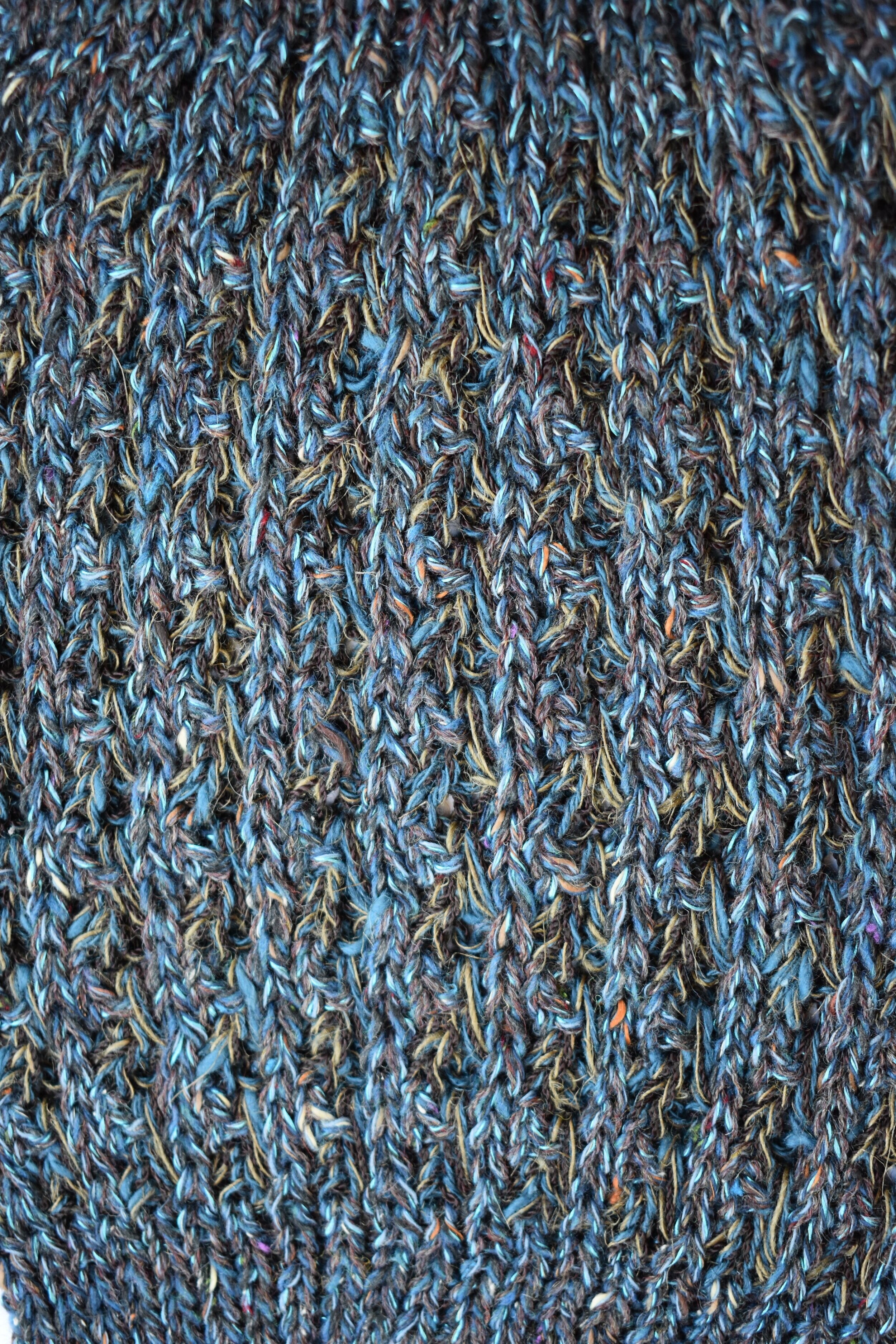
Knitting sample using a Dubied v-bed hand flat knitting machine
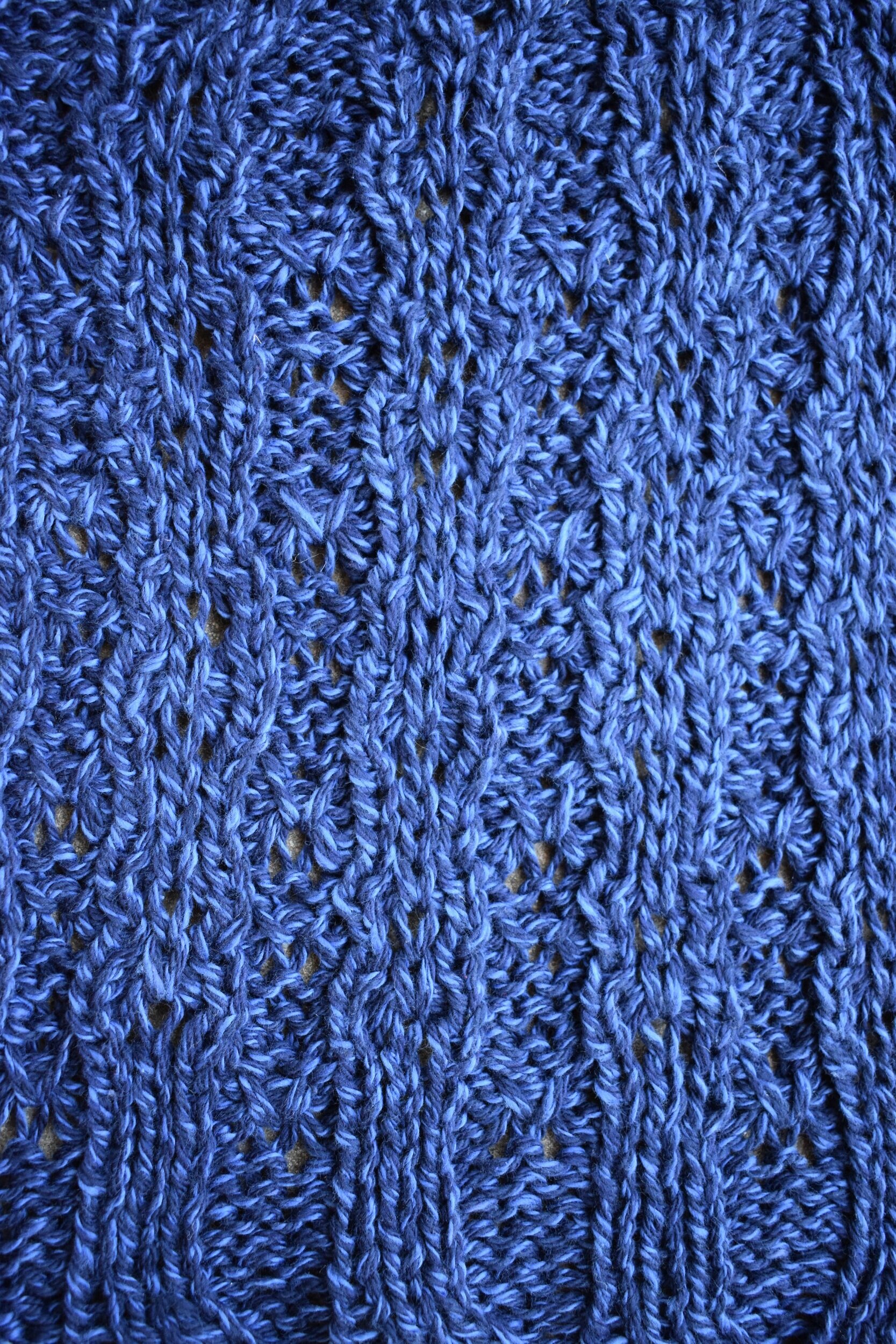
Machine knitting sample using a Dubied v-bed hand flat knitting machine.
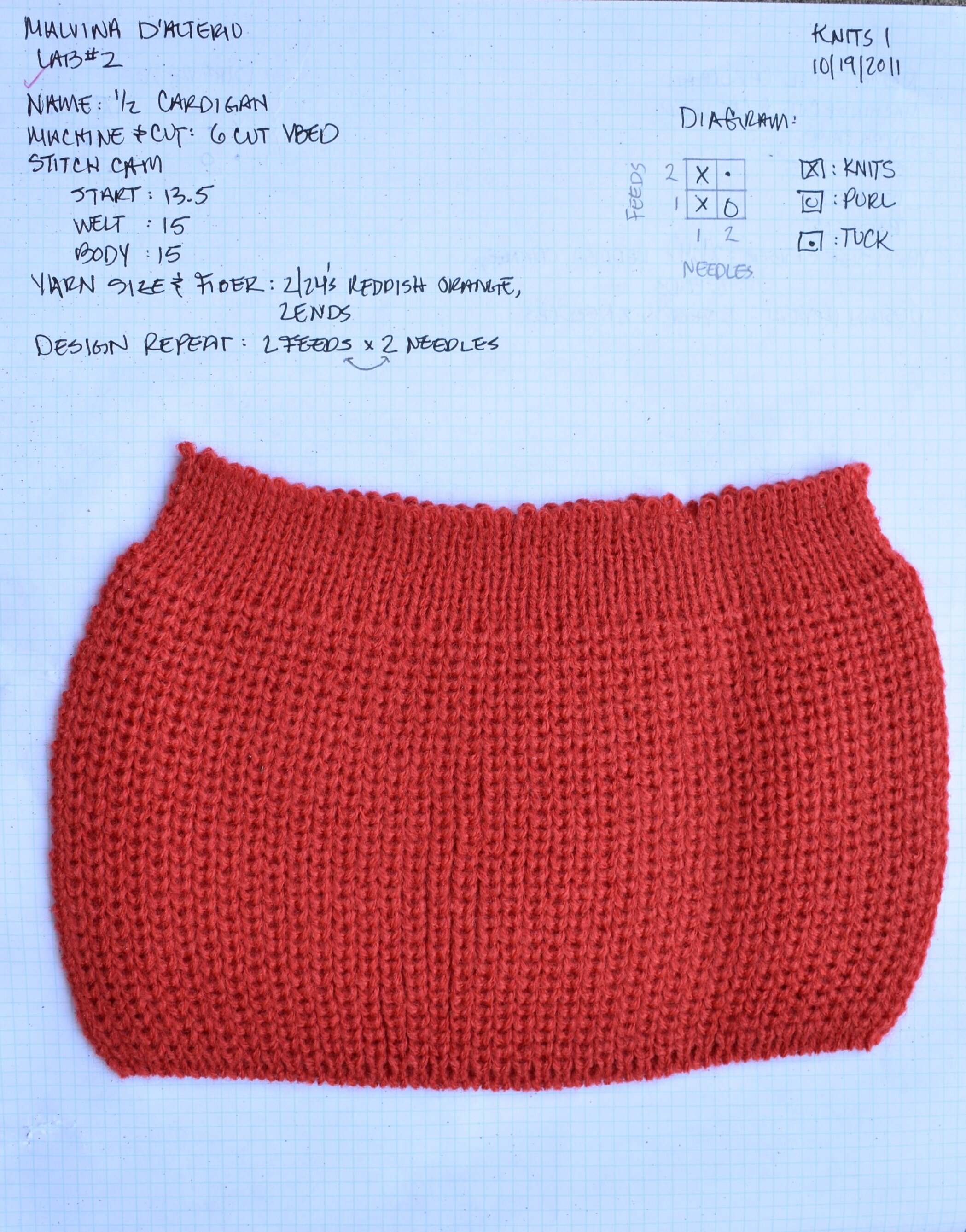
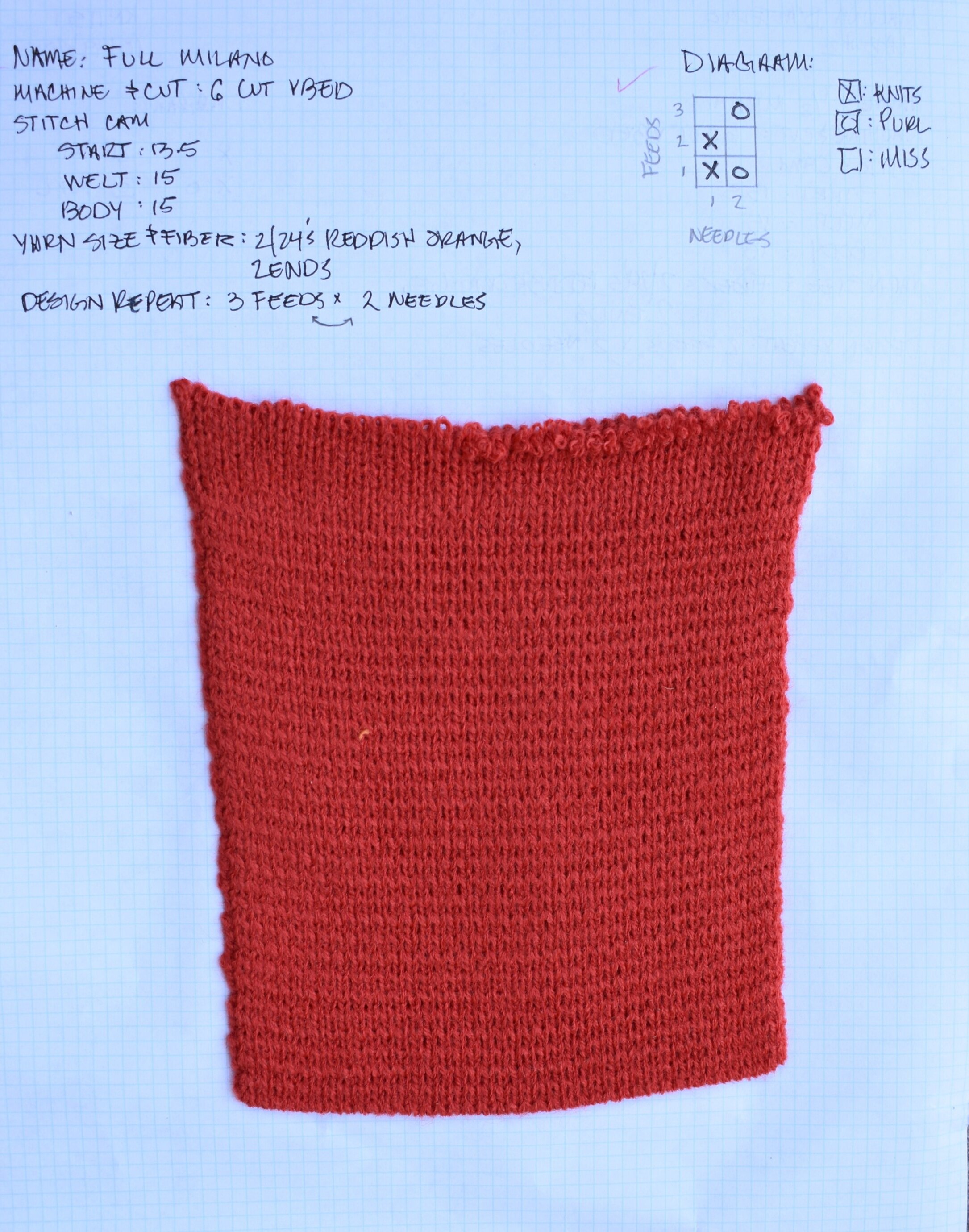
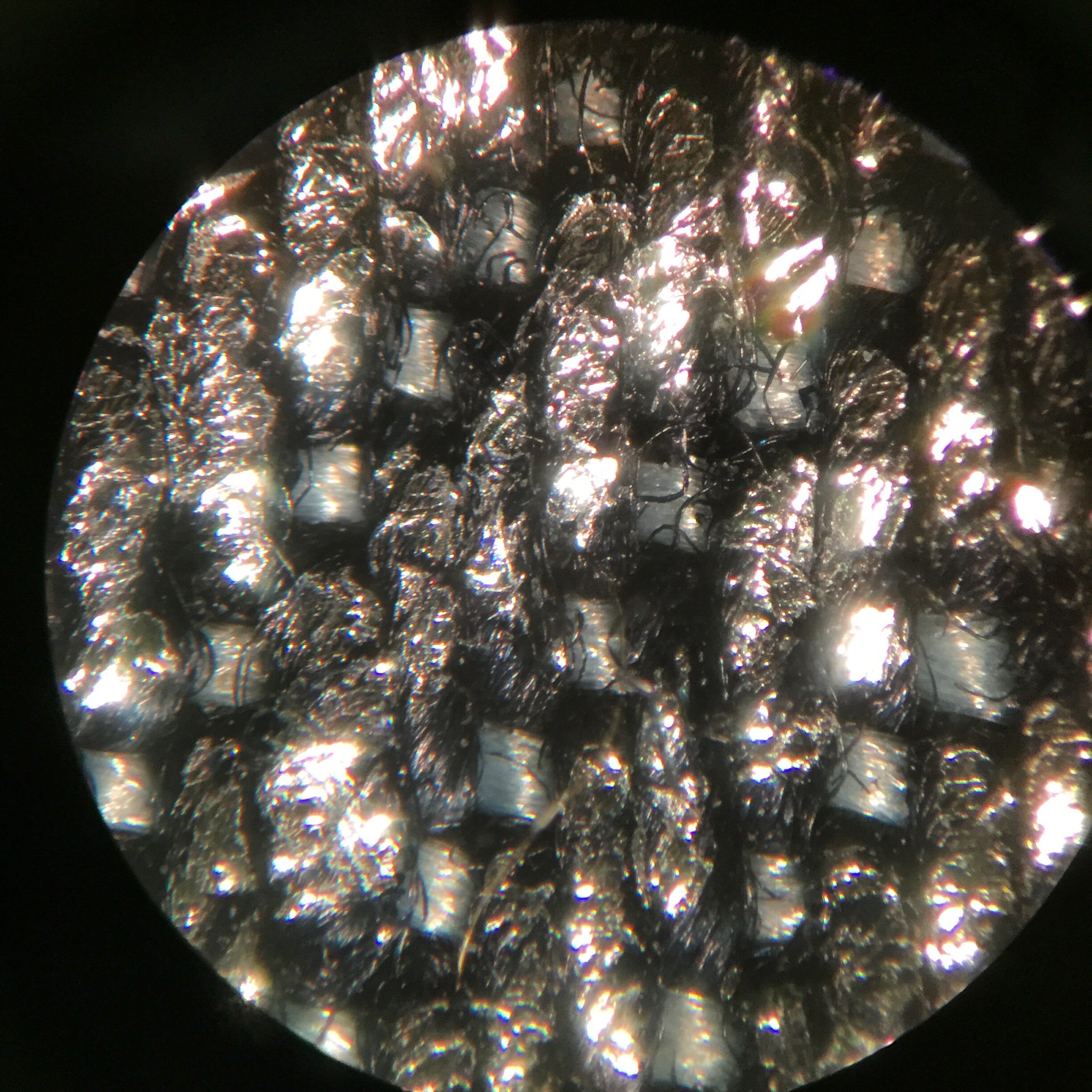
Using magnification to confirm a sample of denim fabric was actually embossed with foil. Metal flakes confirm hypothesis.
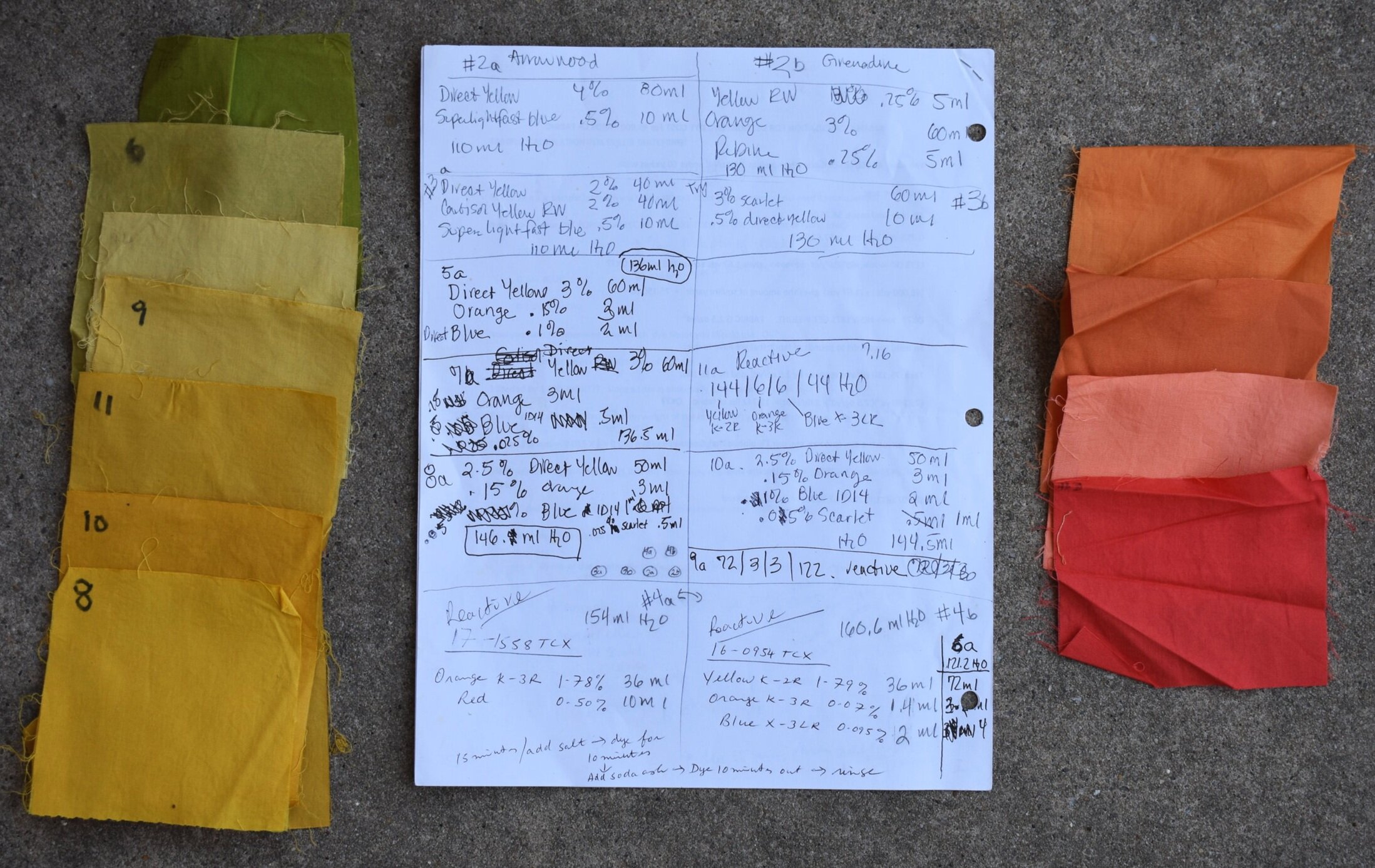
Left and right sides show lab dips (Except the two top left green shades. Those were before/after lightfastness testing). Center is my record of formula changes to achieve the bottommost colors.
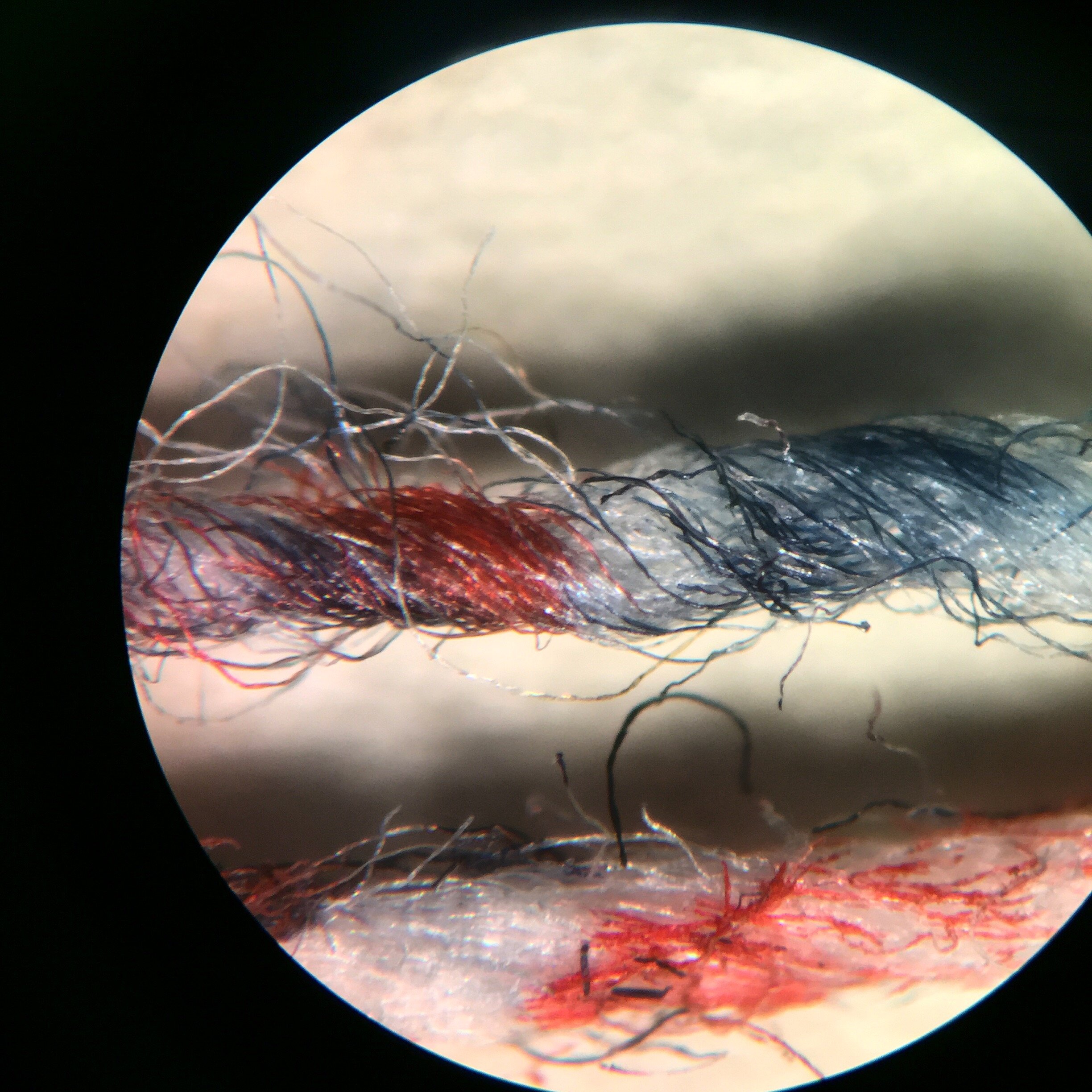
Seen through a microscope, the top yarn is an example of saturated reactive dyeing, while the bottom yarn is a sample of surface reactive dyeing. Can be interpreted as an indication of quality. Cotton fibers.

This shows the visual difference between embossing a fabric and then peaching it versus peaching a fabric and then embossing it. One is more visible than the other in achieving a patterned twill fabric.
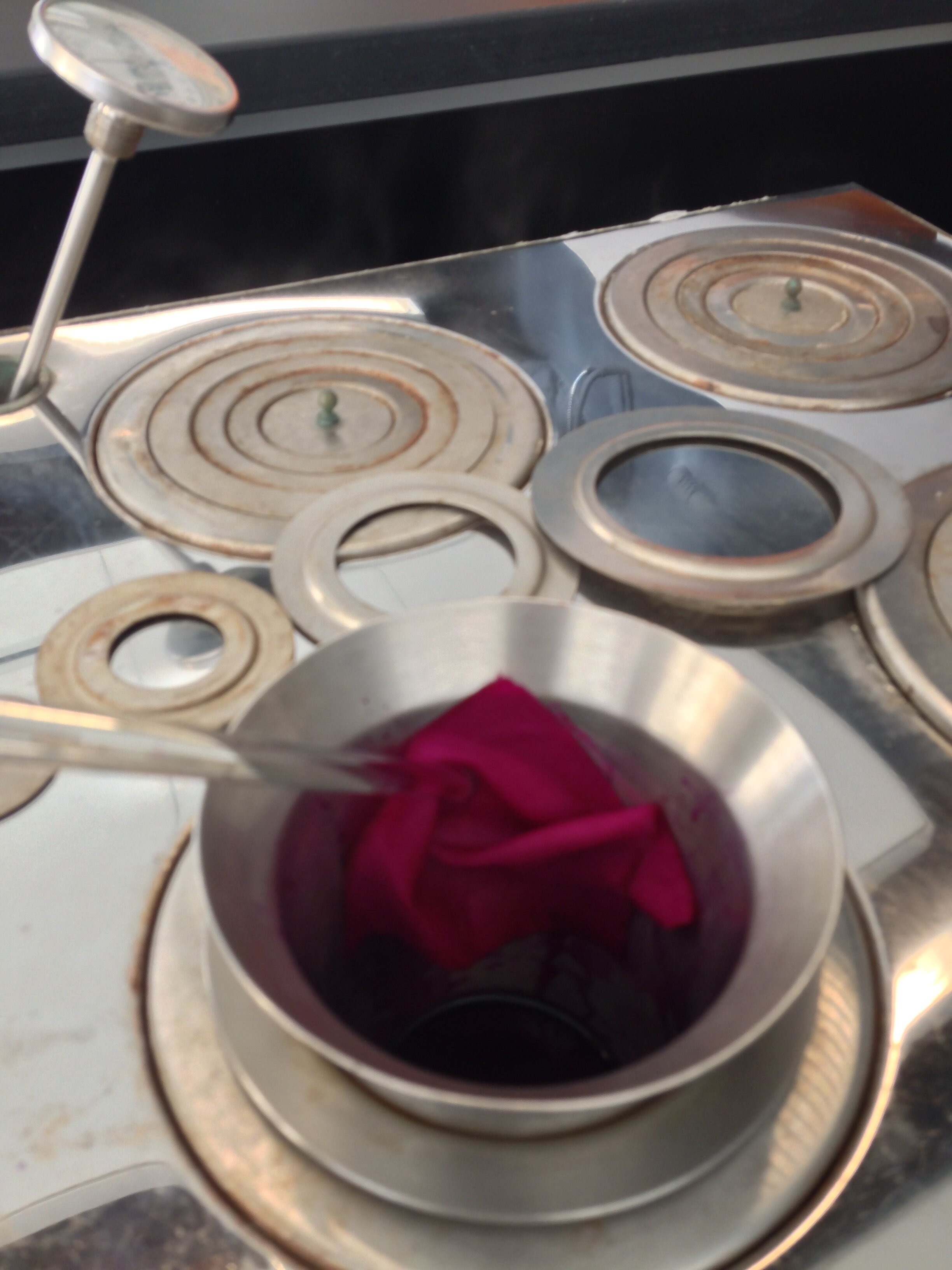

Dyestuffs = crushed insects.
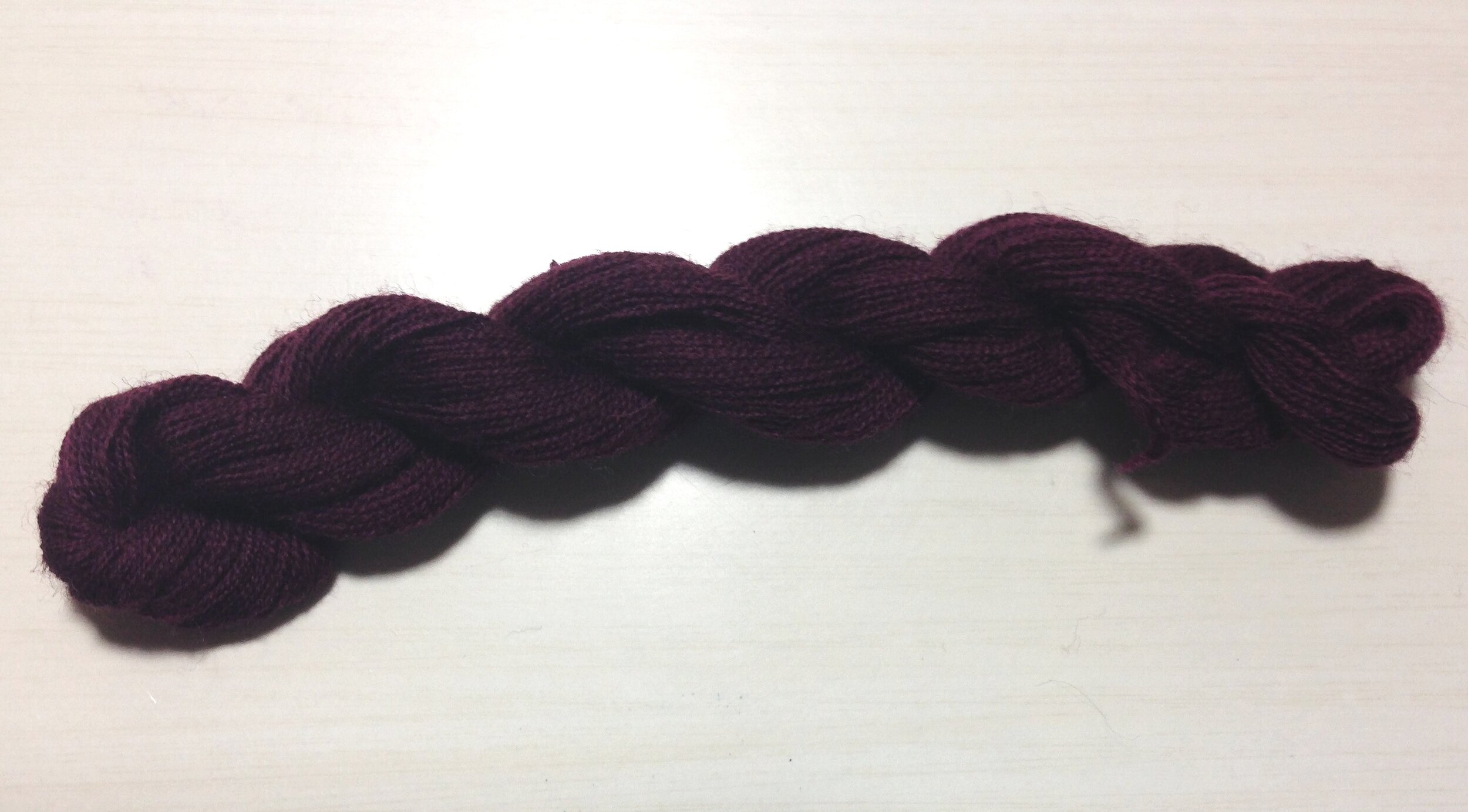
Skein-dyed wool yarn wrapped into a finished hank. Acid dyestuffs.
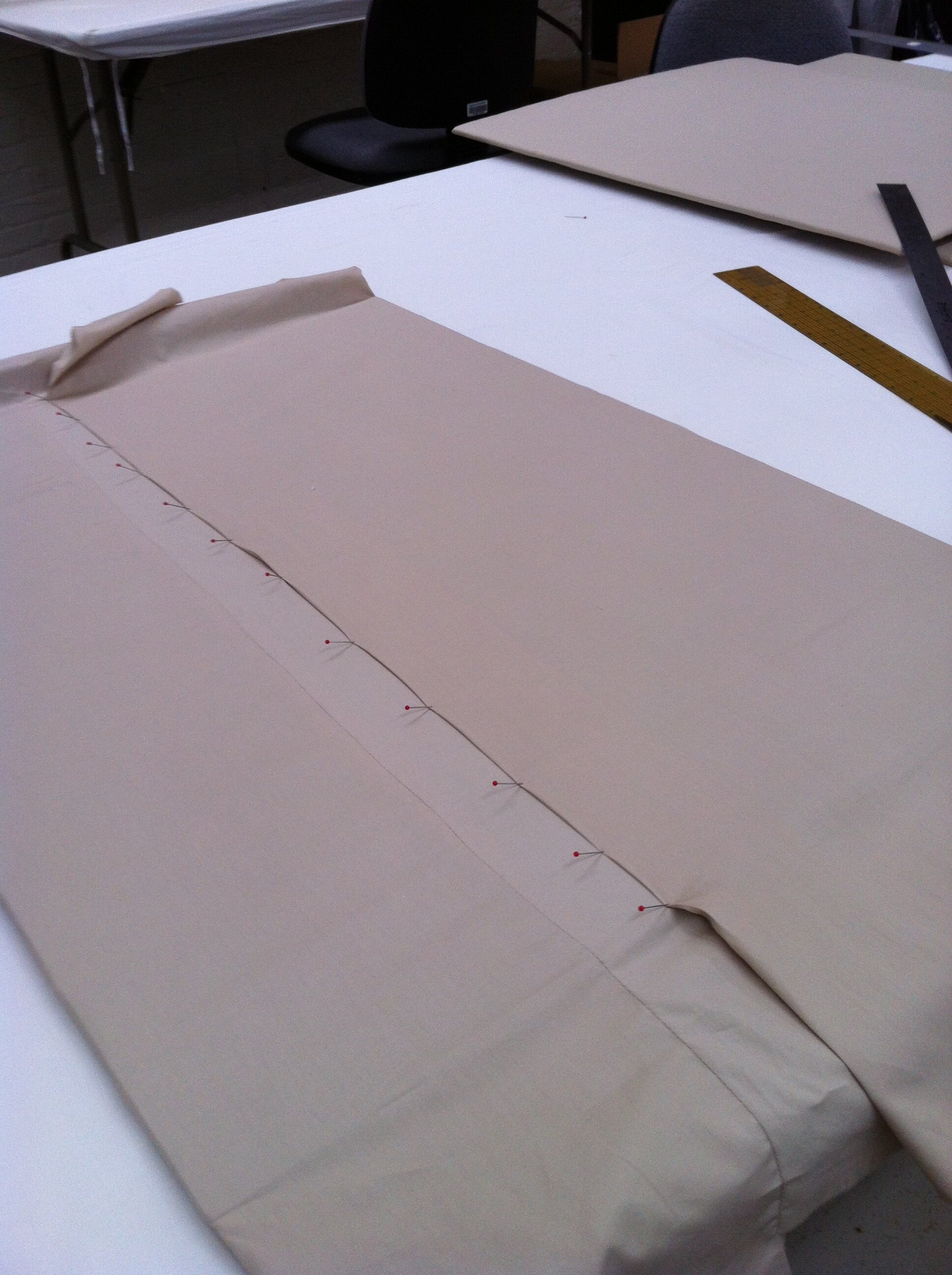
Sample of work done during textile conservation internship.
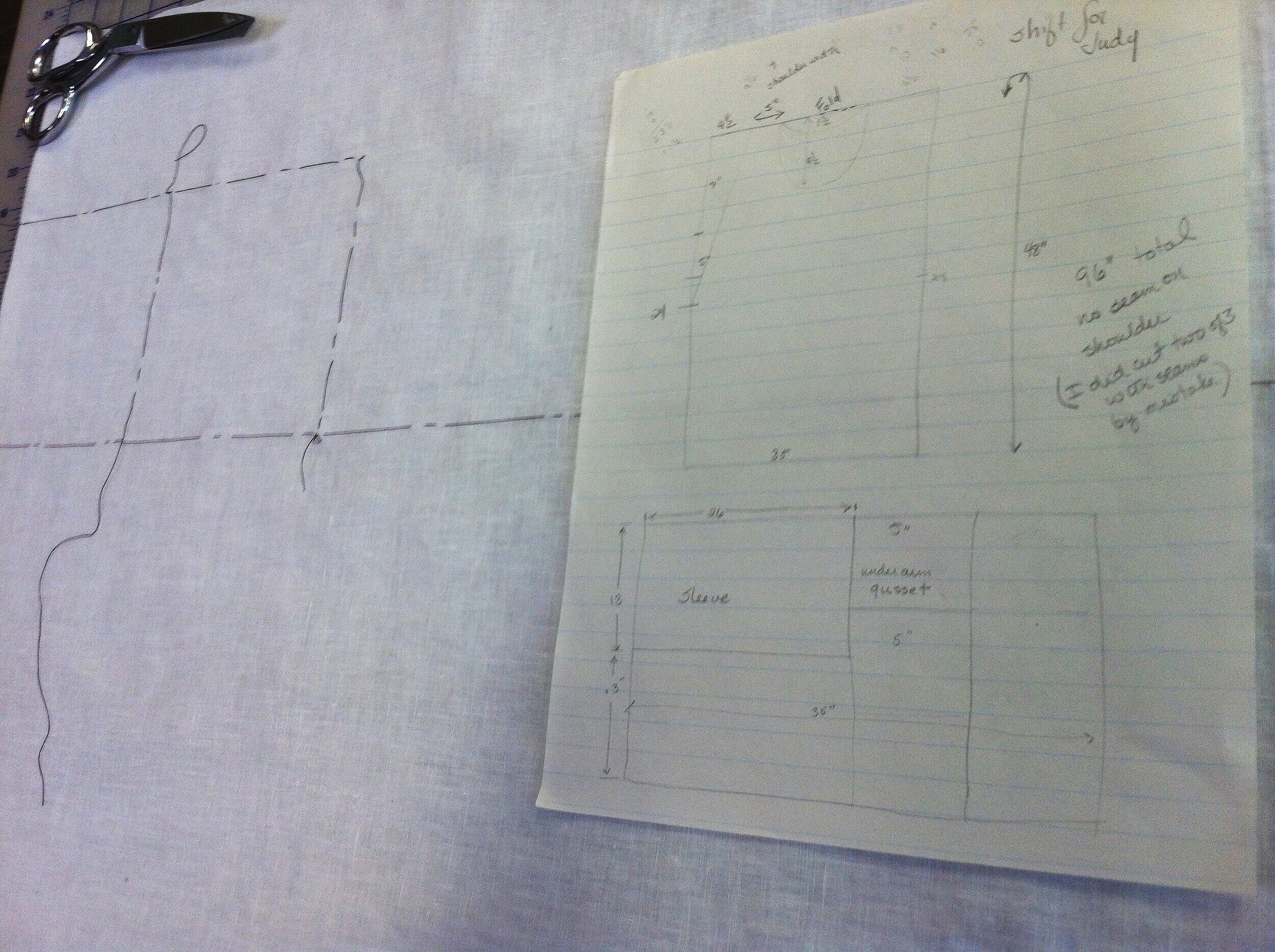
My notes on making a 1740s shift with linen fabric marked using a hand-sewn basting method. Documentation from textile conservation internship. While not conservation, the same office also made garments for historic interpreters at various heritage sites in New York State.
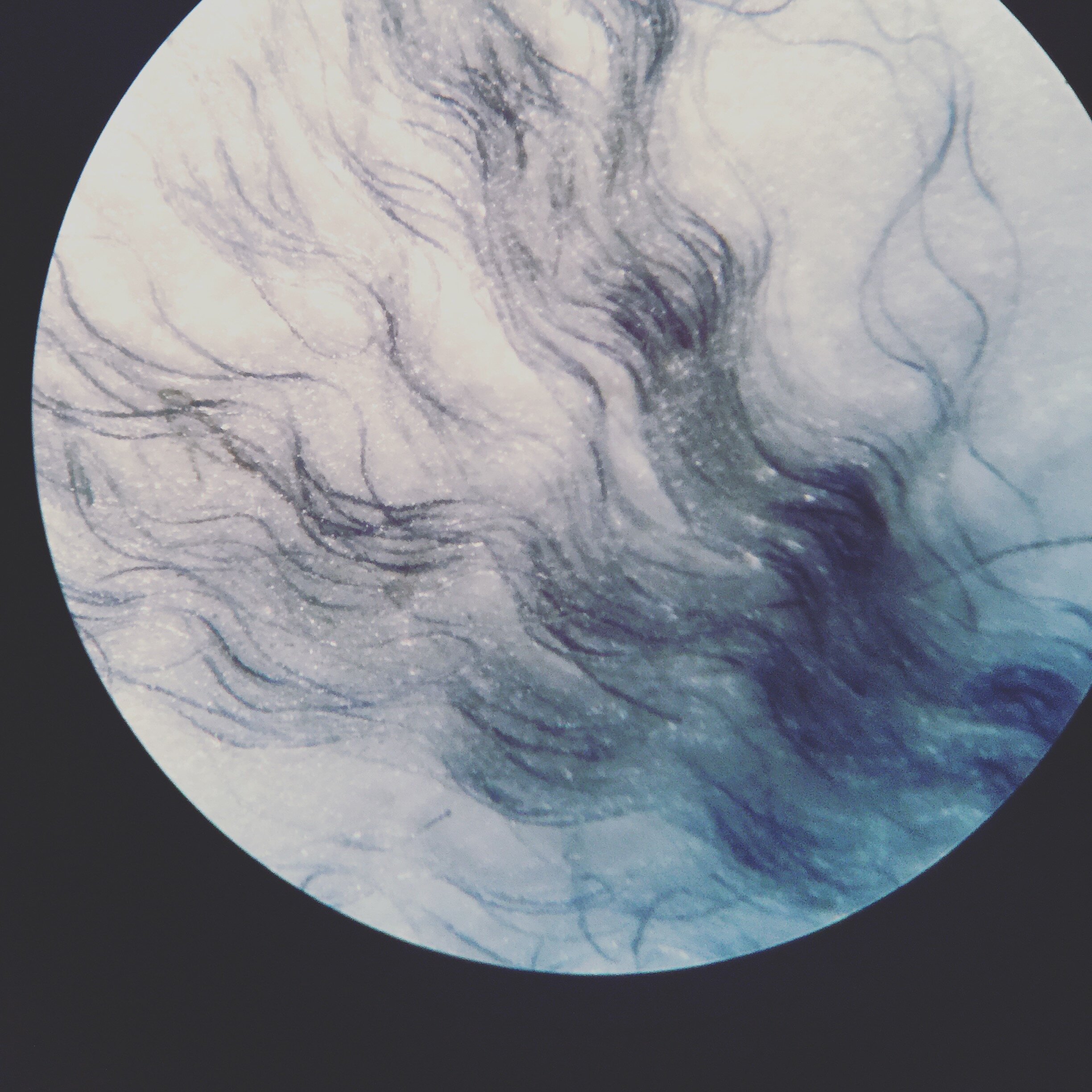
Microfiber filaments as seen through a microscope. One of the many tasks of a textile developer is to confirm the yarn size specifications are actually what paperwork says it is. Hence, counting fiber via magnification.











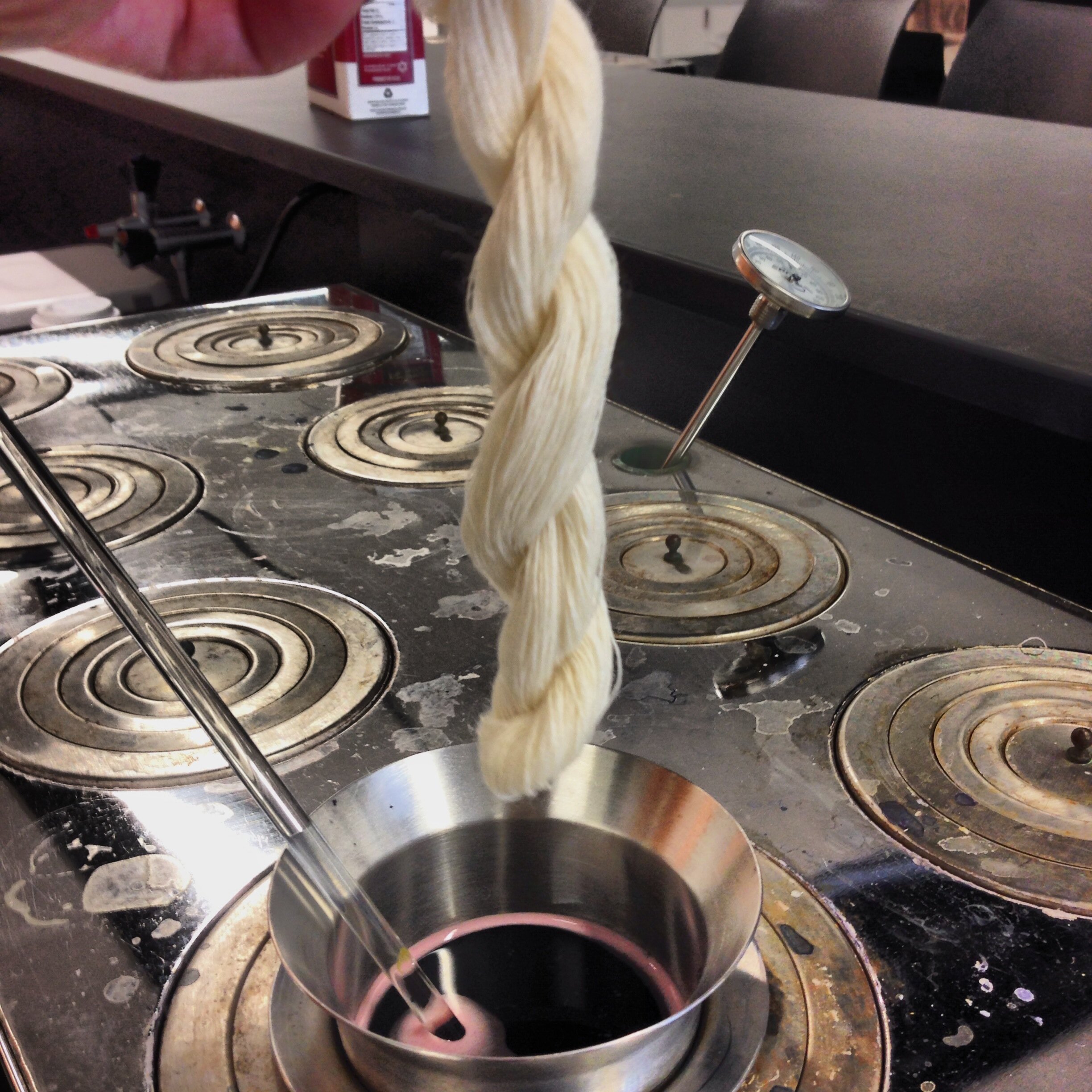




Design development for a braided style cable design.
Knitting sample using a Dubied v-bed hand flat knitting machine
Machine knitting sample using a Dubied v-bed hand flat knitting machine.
Using magnification to confirm a sample of denim fabric was actually embossed with foil. Metal flakes confirm hypothesis.
Left and right sides show lab dips (Except the two top left green shades. Those were before/after lightfastness testing). Center is my record of formula changes to achieve the bottommost colors.
Seen through a microscope, the top yarn is an example of saturated reactive dyeing, while the bottom yarn is a sample of surface reactive dyeing. Can be interpreted as an indication of quality. Cotton fibers.
This shows the visual difference between embossing a fabric and then peaching it versus peaching a fabric and then embossing it. One is more visible than the other in achieving a patterned twill fabric.
Dyestuffs = crushed insects.
For a video of the process, go here.
Skein-dyed wool yarn wrapped into a finished hank. Acid dyestuffs.
Sample of work done during textile conservation internship.
My notes on making a 1740s shift with linen fabric marked using a hand-sewn basting method. Documentation from textile conservation internship. While not conservation, the same office also made garments for historic interpreters at various heritage sites in New York State.
Microfiber filaments as seen through a microscope. One of the many tasks of a textile developer is to confirm the yarn size specifications are actually what paperwork says it is. Hence, counting fiber via magnification.